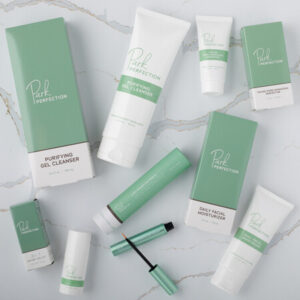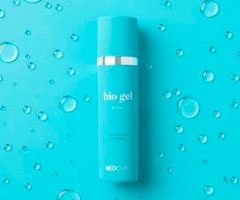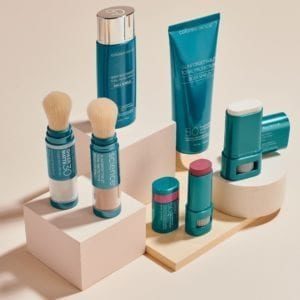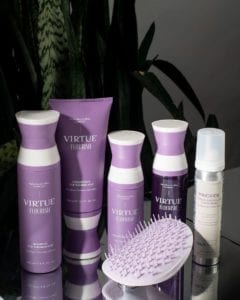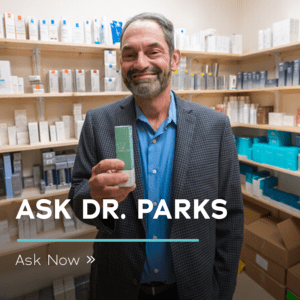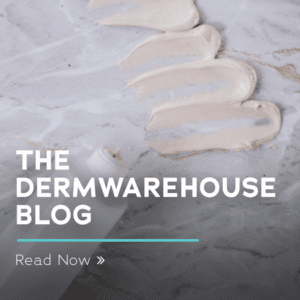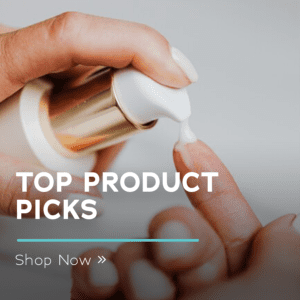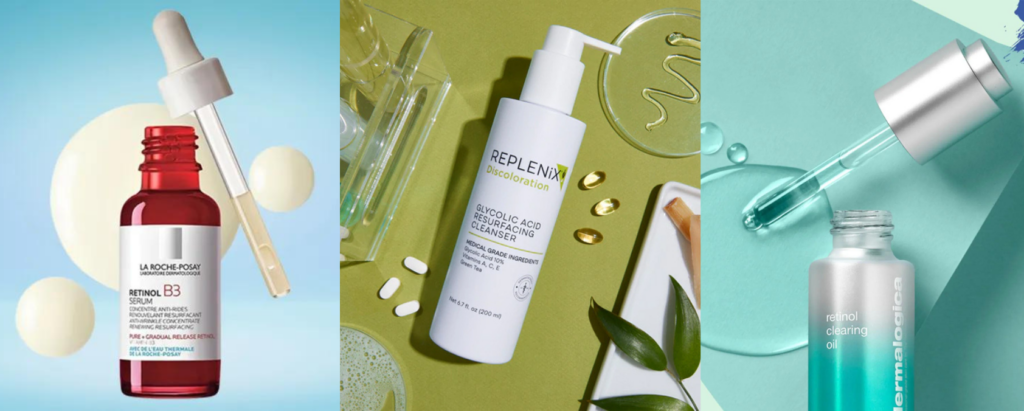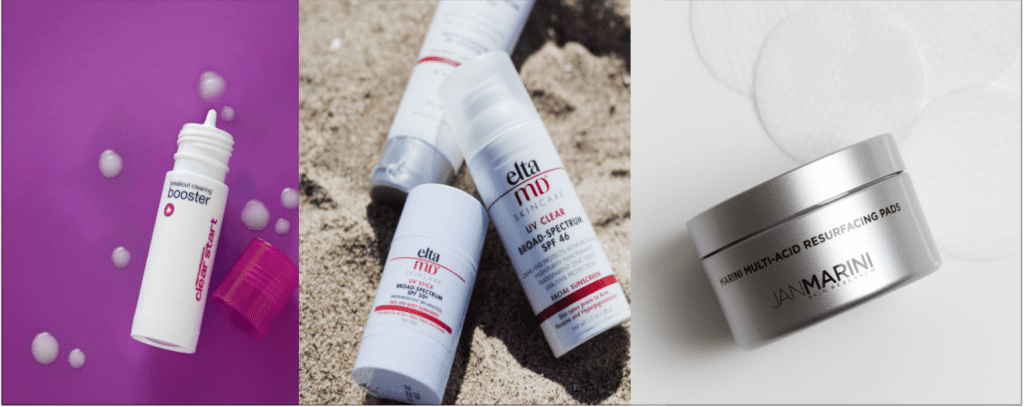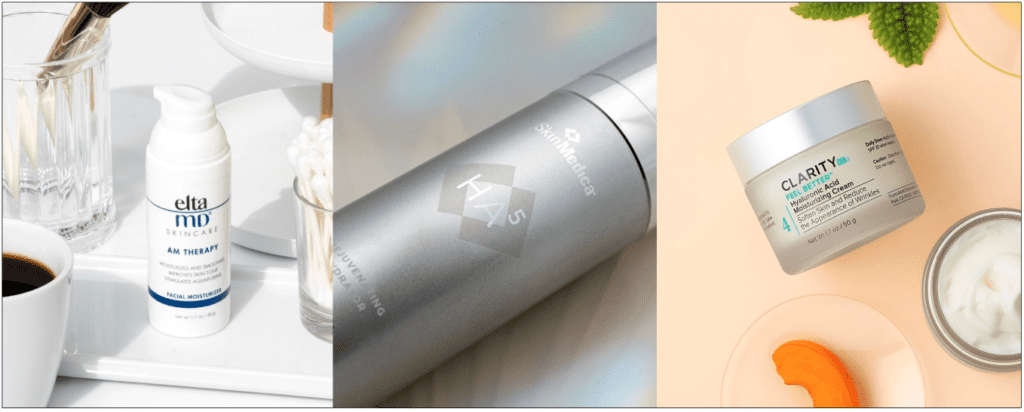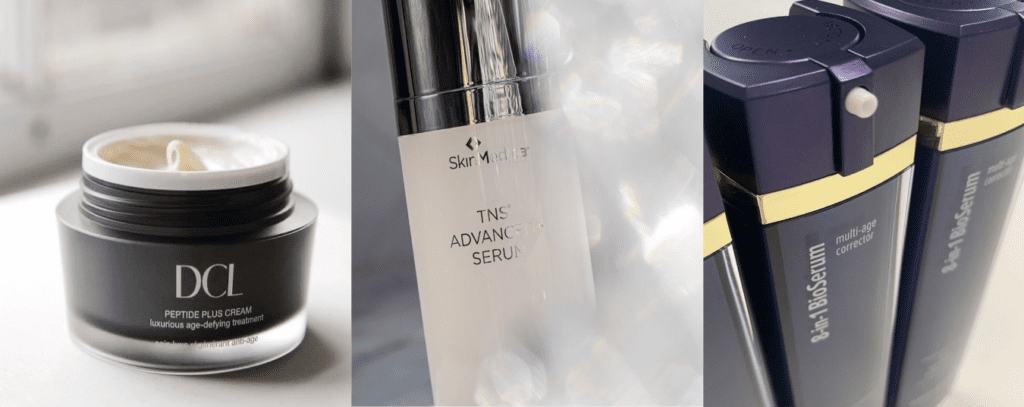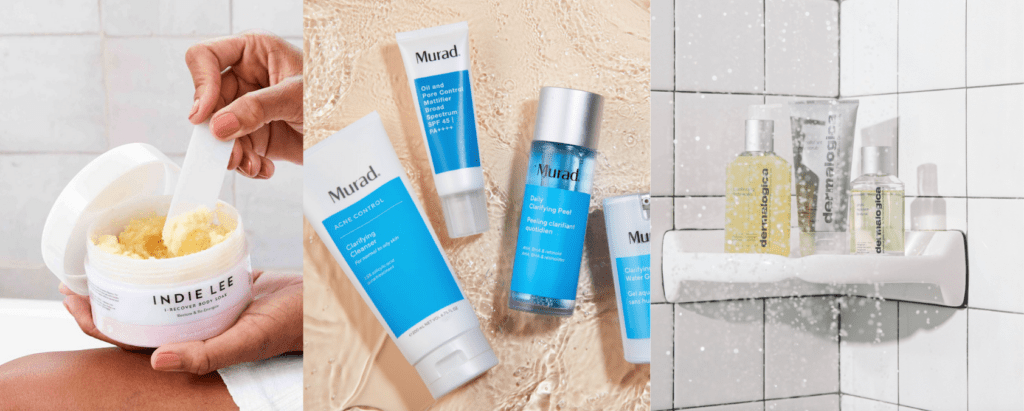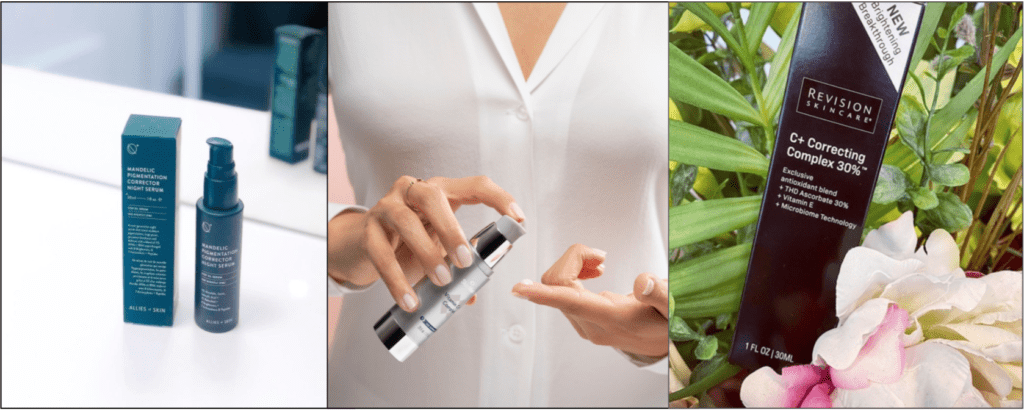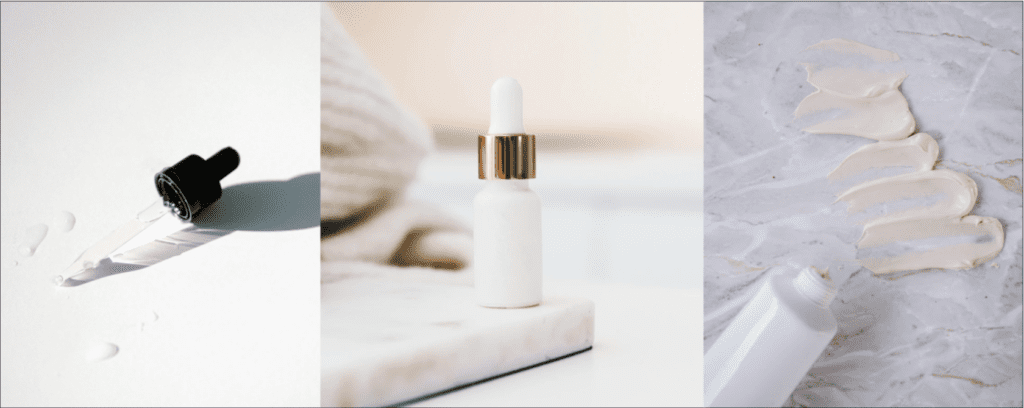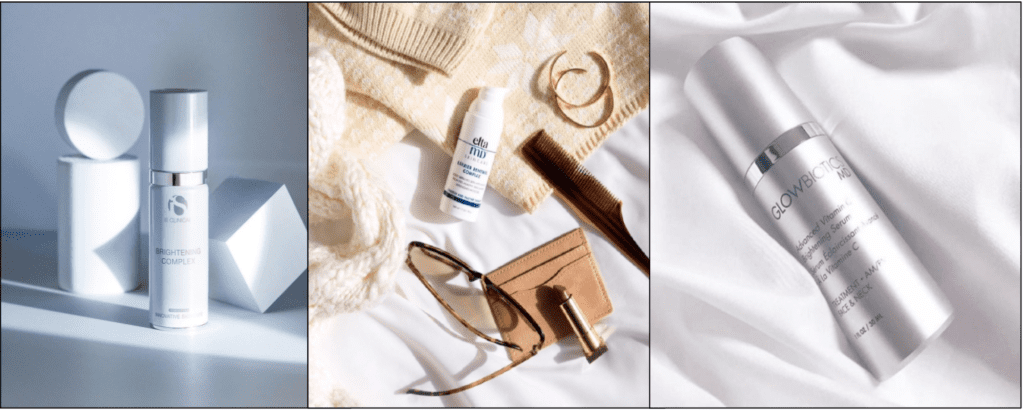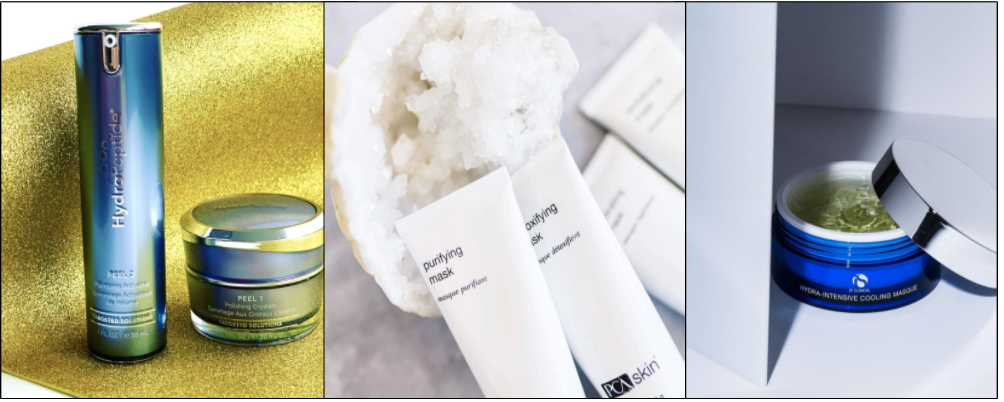When it comes to skincare ingredients, it can be hard to keep track of all of the ingredients and what they do for your skin, especially all of the types of chemical and physical exfoliants. It may seem like there are dozens of different acids out there used for skincare: salicylic acid, glycolic acid, lactic acid, etc. However, there’s an acid that many forget about: azelaic acid!
Scientifically, azeliac acid is a dicarboxylic acid- but don’t let the science scare you, this type of acid is good for your skin. While azelaic acid can be derived from wheat, barley and rye, the type used for skincare is usually created scientifically to ensure its safety and stability. It’s one of the generally less-known skincare ingredients, but it’s just as effective as some of your other favorites. Read on to learn what benefits azelaic acid has for the skin, and where you can find it.
What are the benefits of azelaic acid?
Azelaic acid has many benefits in skincare. It’s effective for most skin types, even sensitive or rosacea-prone skin.
Helps treat and prevent acne: It’s known to be anti-inflammatory, in addition to being an antibacterial antioxidant, making it helpful for clearing and preventing even the most stubborn of breakouts by de-clogging congested pores and getting rid of dead skin cells.
Helps with ingrown hairs: It’s also recommended for hair bumps, such as ingrown hairs, due to its exfoliation properties and its ability to rid the skin of dead skin cells that can clog pores and cause irritation during hair removal that lead to razor bumps or ingrown hairs.
Helps with hyperpigmentation: Azelaic acid is also known to be effective in preventing and fading hyperpigmentation, due to the fact that it’s an inhibitor of tyrosinase, the enzyme that catalyzes the production of melanin. It’s especially effective in fading dark spots that come after breakouts when used consistently.
Safe for sensitive skin: Azelaic acid is also considered to be more gentle than other alpha-hydroxy or beta-hydroxy acids that you may be familiar with. Not only is it effective for those with oily or acne-prone skin, it’s also safe for use during pregnancy, which cannot be said about many other acids. (Check with your doctor before using anything, though.)
What can azelaic acid be paired with, and what should you avoid using it with?
Due to the fact that azelaic acid is fairly gentle on the skin, it usually works well with most other skincare ingredients. However, if your skin is especially sensitive or prone to irritation, you may want to avoid layering azelaic acid with other alpha hydroxy or beta hydroxy acids to prevent over-drying or irritating the skin. It can be especially effective when used in conjunction with other soothing ingredients, like niacinamide or antioxidants.
What are the best products with azelaic acid?
If you’re in need of something to help even your skin tone and help with hyperpigmentation, the PCA Skin Pigment Bar is formulated with azelaic and kojic acids to help calm the skin, soothe inflammation and promote an even skin tone. For a combined anti-aging and anti-acne formula, your go-to is the HydroPeptide Redefining Serum. This serum contains a powerhouse of ingredients, including azelaic acid, to promote a smooth and spot-free complexion and help prevent fine lines and wrinkles from forming on the skin. In addition to azelaic acid, this serum contains 6 different peptides, niacinamide, Sacred Lily Dormin extract, Seabuckthorn berry extract, salicylic acid and more. The Jan Marini Bioglycolic Bioclear Face Lotion is also a great option for those suffering from breakouts and acne. It is formulated with azelaic acid, glycolic acid and salicylic acid for a triple threat in de-clogging pores and keeping skin smooth. The Glytone Enhance Brightening Complex is formulated to help fade hyperpigmentation and minimize the appearance of dark spots, with 12% azelaic acid and 3% glycolic acid for optimal skin exfoliation. Lastly, if you’re suffering from rosacea, the Jan Marini RosaLieve treatment is formulated with azelaic acid and antioxidants to help reduce the appearance of redness and flushing caused by rosacea.
Be sure that you’re applying plenty of sunscreen during the day if you’re using any chemical exfoliant, and especially if you’re layering multiple. When it comes to trying any new products, start slowly, and see how your skin reacts, and work up from there. With any other questions, let us know!

